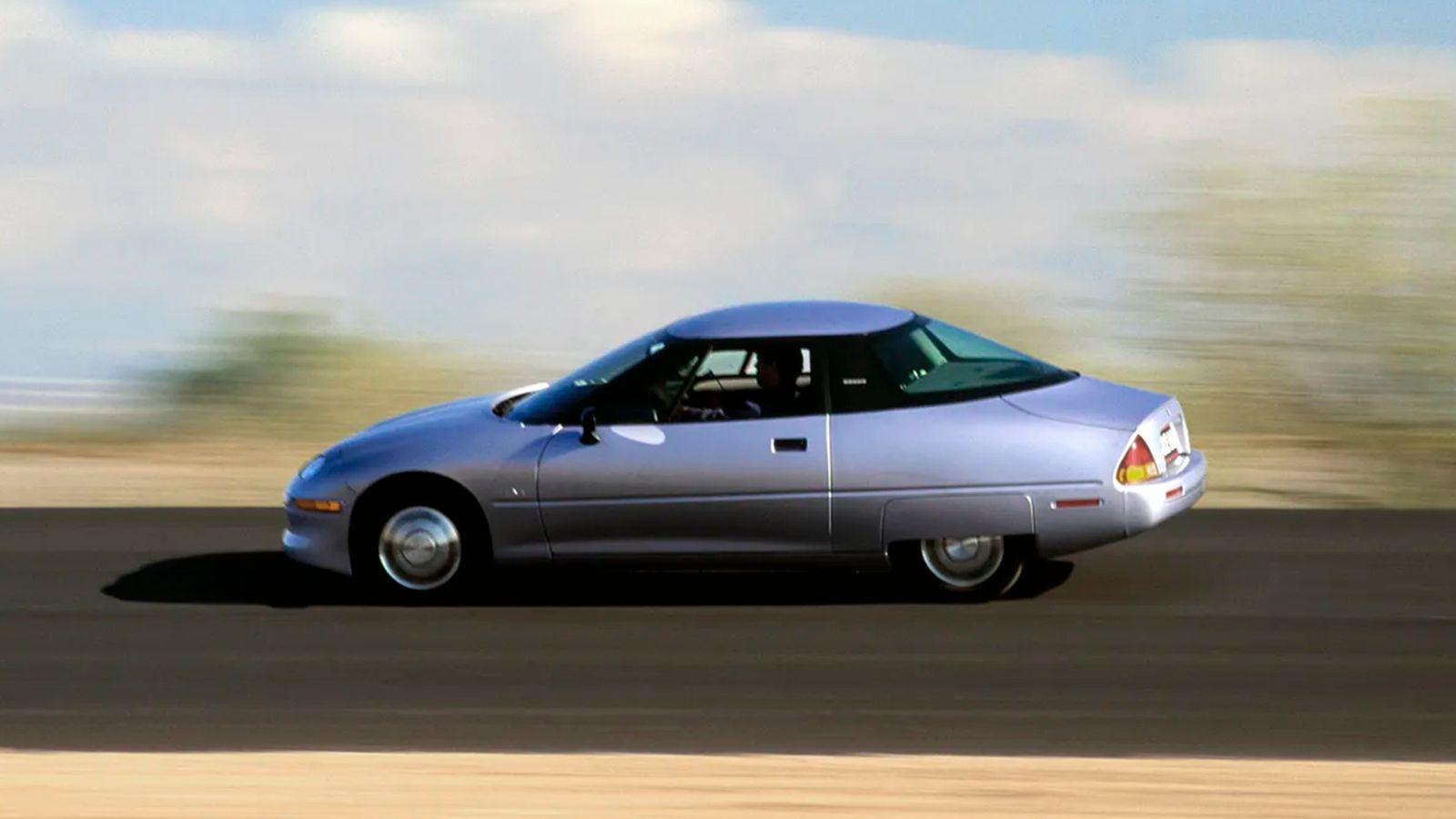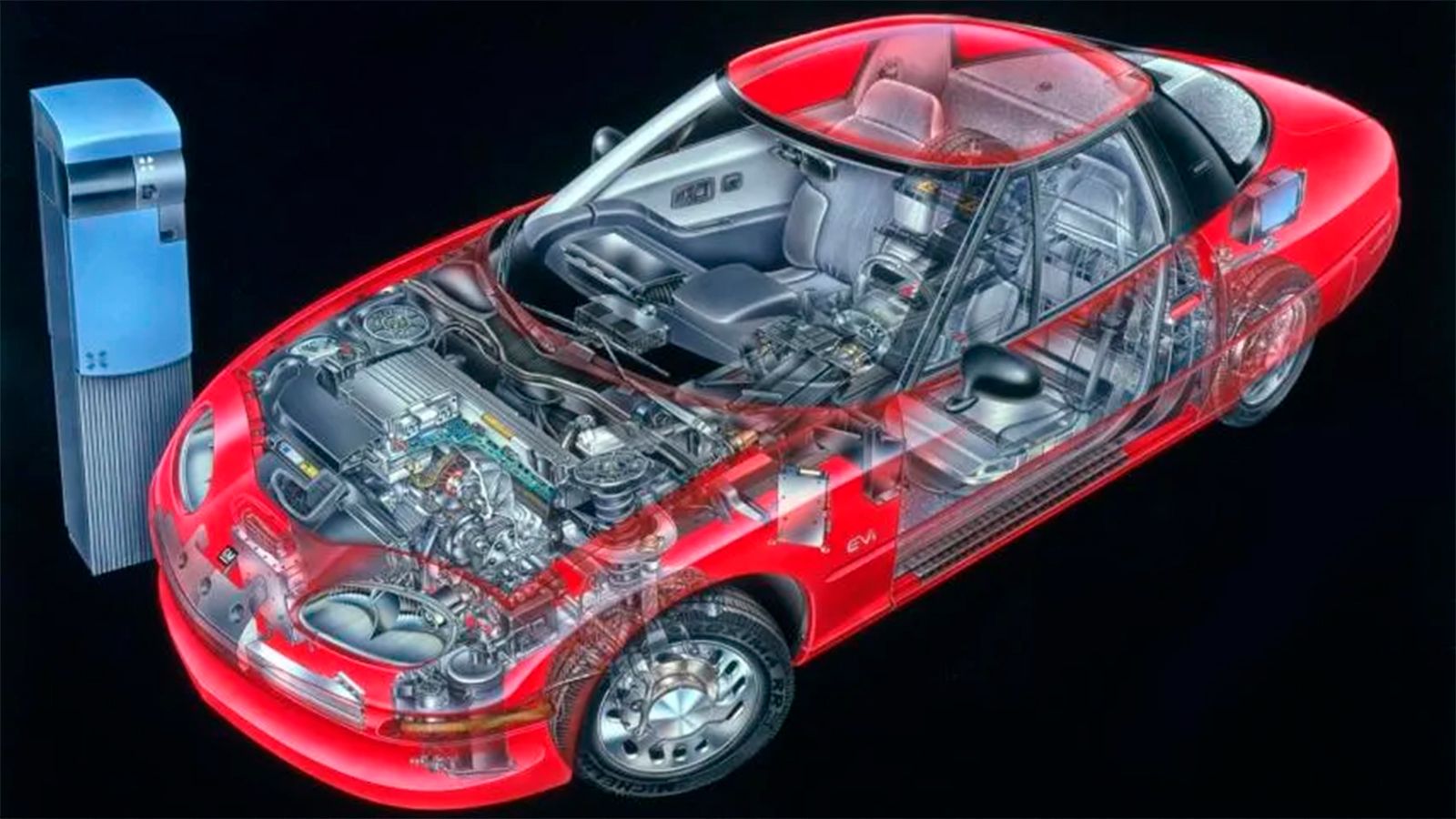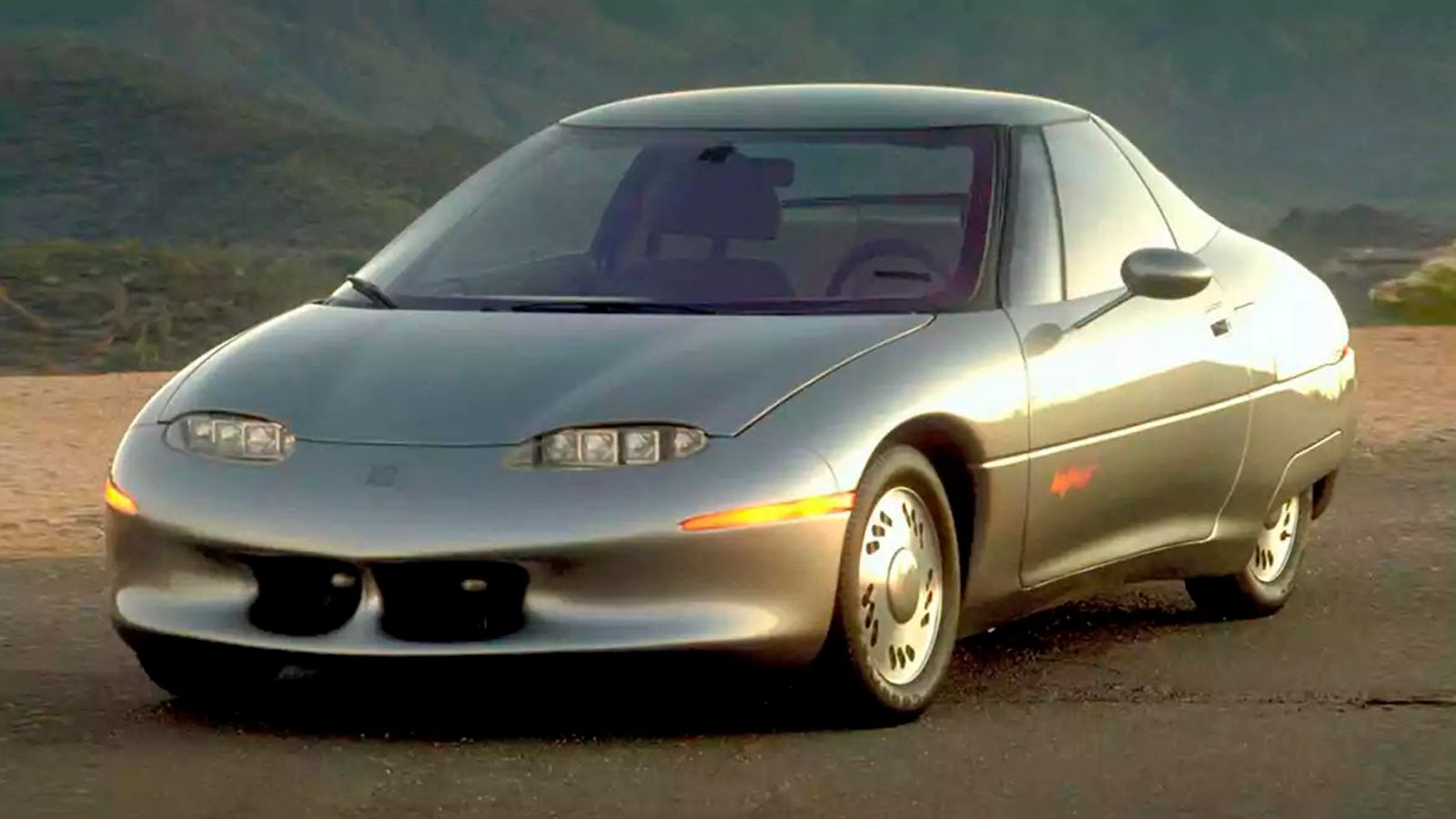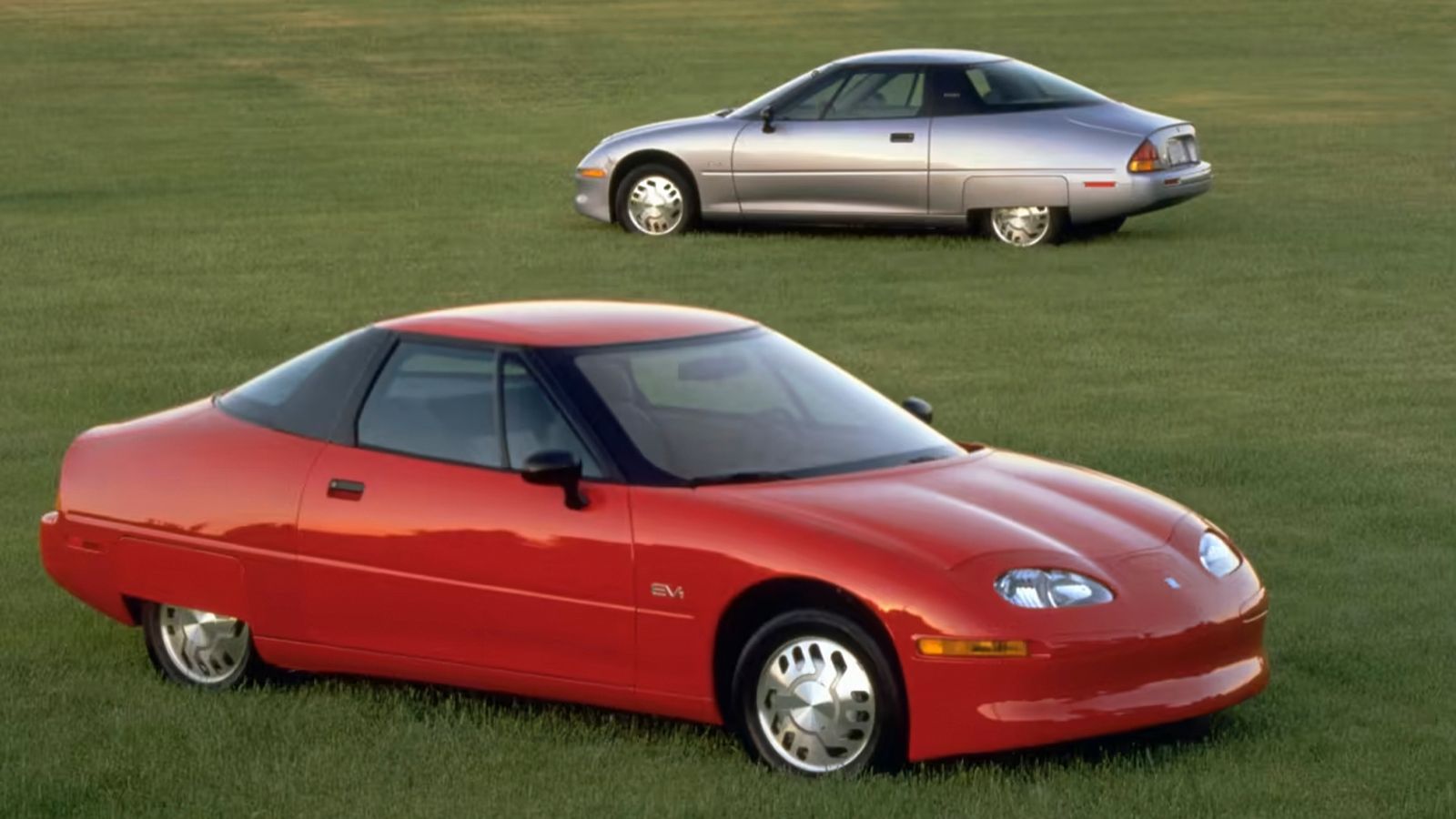Global Natural Gas Vehicles (NGVs) Strategic Business Report 2023: Stringent Vehicular Emission Norms Throws the Focus Squarely on NGVs
DUBLIN, June 16, 2023 /PRNewswire/ — The “Natural Gas Vehicles (NGVs): Global Strategic Business Report” report has been added to ResearchAndMarkets.com’s offering.
The global market for Natural Gas Vehicles (NGVs) estimated at 25.2 Million Units in the year 2022, is projected to reach a revised size of 42.3 Million Units by 2030, growing at a CAGR of 6.7% over the analysis period 2022-2030.
Light Duty Vehicles, one of the segments analyzed in the report, is projected to record a 6.8% CAGR and reach 39 Million Units by the end of the analysis period.
Taking into account the ongoing post-pandemic recovery, growth in the Medium & Heavy Duty Trucks segment is readjusted to a revised 6% CAGR for the next 8-year period.
The U.S. Market is Estimated at 172.2 Thousand Units, While China is Forecast to Grow at 7.4% CAGR
The Natural Gas Vehicles (NGVs) market in the U.S. is estimated at 172.2 Thousand Units in the year 2022. China, the world’s second-largest economy, is forecast to reach a projected market size of 9.9 Million Units by the year 2030 trailing a CAGR of 7.4% over the analysis period 2022 to 2030.
Among the other noteworthy geographic markets are Japan and Canada, each forecast to grow at 4.9% and 5.5% respectively over the 2022-2030 period. Within Europe, Germany is forecast to grow at approximately 5.7% CAGR. Led by countries such as Australia, India, and South Korea, the market in Asia-Pacific is forecast to reach 11.6 Million Units by the year 2030.
Select Competitors (Total 55 Featured) –
AB Volvo
Bajaj Auto Limited
Bayerische Motoren Werke AG
CNH Industrial N.V.
Daimler AG
Dongfeng Motor Corporation
Ford Motor Company
General Motors Company
Landi Renzo S.p.A.
Opel Automobile GmbH
PACCAR Inc.
Tata Motors Limited
Key Topics Covered:
I. METHODOLOGY
II. EXECUTIVE SUMMARY
1. MARKET OVERVIEW
– Influencer Market Insights
– World Market Trajectories
– Natural Gas Vehicles (NGVs) – Global Key Competitors Percentage Market Share in 2022 (E)
– Difficult to Reduce Carbon Footprint of the Automotive Industry Shifts Focus to Alternate Fuel Vehicles
– Inability of Conventional ICE Powered Vehicles to Demonstrate Desired Reductions in CO2 Emissions to Drive the Focus on Alternative Fuel Vehicles: Official Laboratory CO2 Reduction Claims Vs On-Road Emission Efficiency (In Grams per Kilometer) for the Years 2008, 2010, 2012, 2014, 2016, 2018, and 2020
– Year 2020 Has Been a Year of Astounding Disruption & Unbelievable Transformation
– COVID-19 Leaves the World in Shambles & Industries and Markets Upended: World Economic Growth Projections (Real GDP, Annual % Change) for 2019 to 2022
– Continued High Unemployment Levels Challenges Growth in Industries Reliant on Consumer Discretionary Incomes: Global Number of Unemployed People (In Million) for Years 2017, 2019, 2020, and 2022
– As Mass Vaccination Drives Get Underway Worldwide, Will It Change the Existing Economic Realities? & Is it Really the Silver Bullet We Were Waiting For?
– How Fast the World is Vaccinated Will Determine How Soon the Pandemic Will End: Global Number of COVID-19 Vaccinations (Per 100 People) As of February 2021 by country
– Global Number of Annual COVID-19 Vaccine Doses (In Million) for Years 2020 through 2025 by Geographic Region/Country
– How the Automotive & Clean-Tech Industries Are Impacted by the Pandemic & What’s the New Normal?
– The Automotive Industry
– Global Automotive Market Reset & Trajectory – Growth Outlook (In %) For Years 2019 Through 2025
– Clean Technologies
– A Strong Rebound in Clean Technologies Brings Good News for NGVs: Global Clean Technologies Market Reset & Trajectory – Growth Outlook (In %) For Years 2019 Through 2025
– Natural Gas Vehicles (NGVs) – Definition & Scope
– Recent Market Activity
– Innovations
– Competitive Market Presence – Strong/Active/Niche/Trivial for Players Worldwide in 2022 (E)
2. FOCUS ON SELECT PLAYERS
3. MARKET TRENDS & DRIVERS
– Growing Global Focus on Decarbonizing the World Offers Attractive Opportunities for NGVs in Decarbonizing the Transportation Sector
– Stringent Vehicular Emission Norms Throws the Focus Squarely on NGVs
– A Review of Environmental & Emission Norms Legislated Till Date
– With Transportation Accounting for Close to 23.2% of Global GHG Emissions, the Time is Ripe for the Adoption of an Integrated Approach Towards Reducing CO2 Involving NGVs: Global CO2 Emissions (In Billion Metric Tons) for the Year 2021
– Post COVID-19 Focus on Sustainability Will Drive NGV Adoption in Creating a Cleaner & Greener Transportation Industry
– Here’s Why the Environment & Sustainability Will be Top Priorities After the Pandemic
– Compliance Standards for Reducing Emissions from Vehicles to Become Stricter, Post Pandemic Global GHG Emissions from Transportation (In Billion Tons of CO2) for the Year 2021
– How NGVs Can Help Address the Sustainability Challenge?
– Cost Benefits, Environmental Motives and Government Incentives Catalyze Adoption Rates of NGVs
– Commercial Vehicle Fleet Owners Adopt NGVs to Meet Carbon Footprint Goals & Drive Profits Through Higher Fuel Economy
– Rising Popularity of EVs. What Does it Mean for NGVs
– Global EV Market Outlook
– Growing Number of EVs On Road, Will It Dislodge Technology Investments in NGVs: Number of EVs On Road Worldwide by Type (In 000 Units) for the Years 2019 and 2022
– NGVs Will Continue to Have a Future Alongside EVs, Here’s Why?
– Initiatives Undertaken for the Development of Fueling Infrastructure Spurs NGV Penetration
– Bio-CNG Vehicles Emerge to Counter the Methane Emission Threat Posed by NGVs
– Cost Pressures in the Logistics Industry Spurs Market Opportunities for Natural Gas as a Cost-Effective Alternate Fuel
– Focus on Road Infrastructure Development Post Pandemic to Ensure Sustained Growth of NGVs in Road Freight Transportation
– Continuous Development of World’s Highways to Expand Market Opportunities for Commercial Vehicle NGVs: Length of Road Networks (In 000 Kilometers) in Top 15 Countries Worldwide for the Year 2020
– Natural Gas Market Outlook
– How Shale Gas Revolution Has Lowered Natural Gas Prices?
– Despite the Strengthening of Prices Post 2020 Crisis, Natural Gas Still Remains Cheap
– Growing Competition from Liquid Biofuels Pose a Challenge to Market Prospects
4. GLOBAL MARKET PERSPECTIVE
III. MARKET ANALYSIS
IV. COMPETITION
For more information about this report visit https://www.researchandmarkets.com/r/931zkb
About ResearchAndMarkets.com
ResearchAndMarkets.com is the world’s leading source for international market research reports and market data. We provide you with the latest data on international and regional markets, key industries, the top companies, new products, and the latest trends.
Media Contact:
Research and Markets
Laura Wood, Senior Manager
[email protected]
For E.S.T Office Hours Call +1-917-300-0470
For U.S./CAN Toll Free Call +1-800-526-8630
For GMT Office Hours Call +353-1-416-8900
U.S. Fax: 646-607-1904
Fax (outside U.S.): +353-1-481-1716
Logo: https://mma.prnewswire.com/media/539438/Research_and_Markets_Logo.jpg
SOURCE Research and Markets














